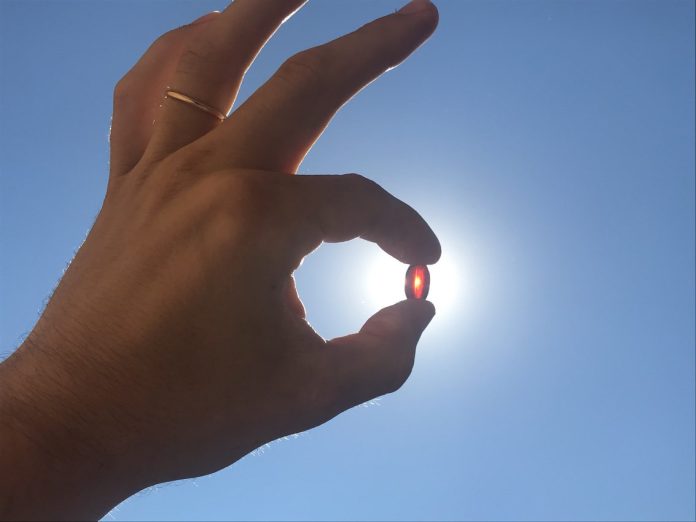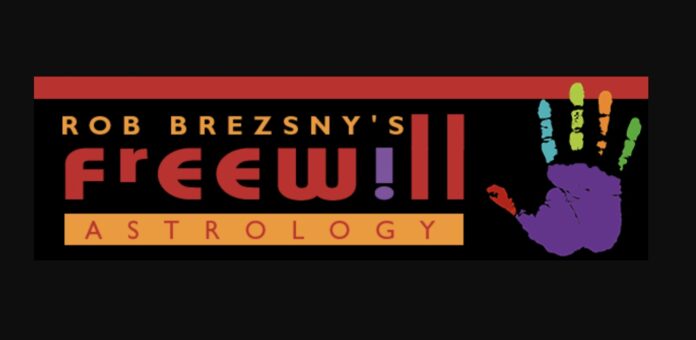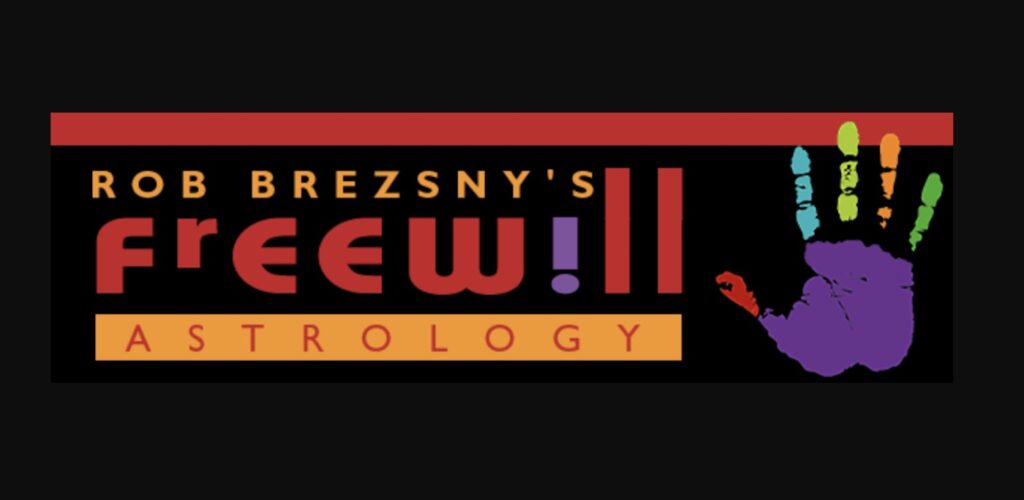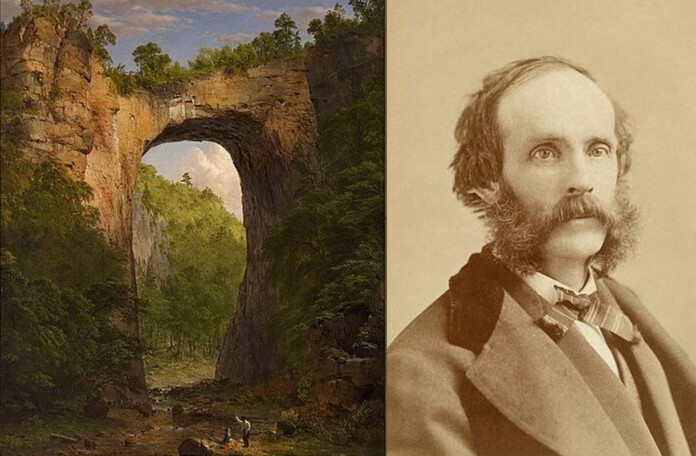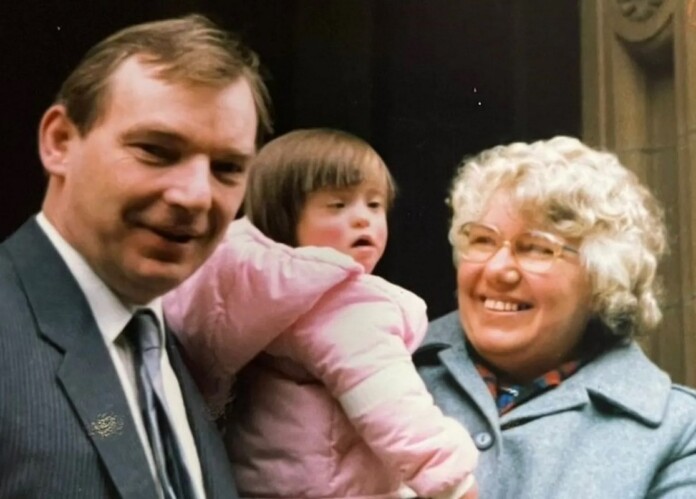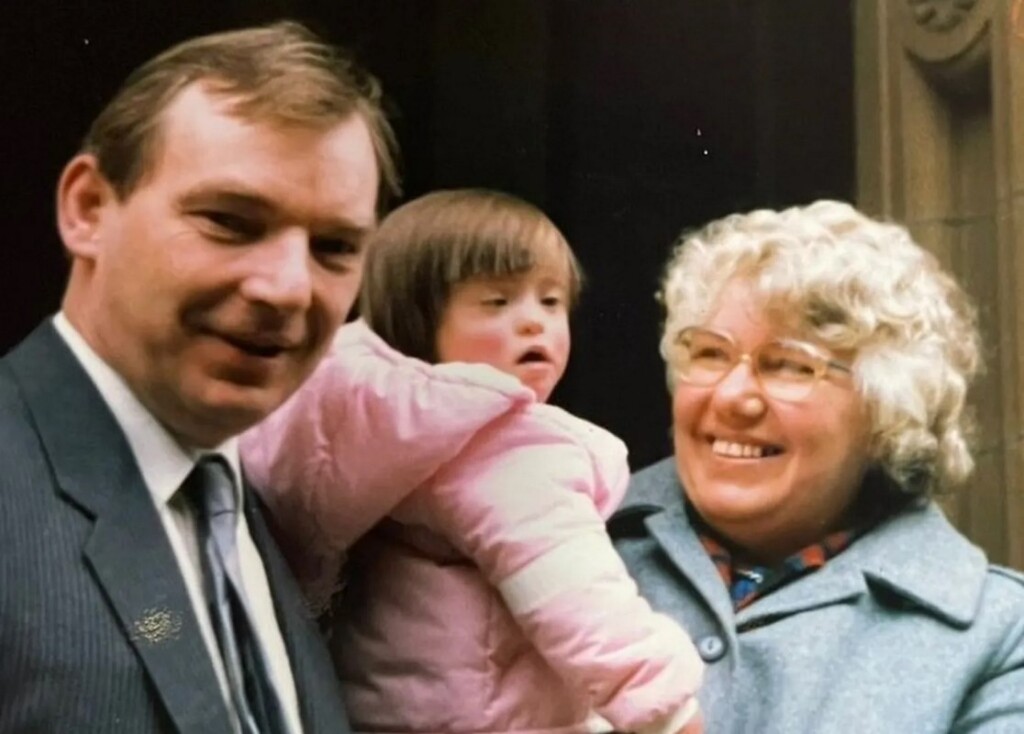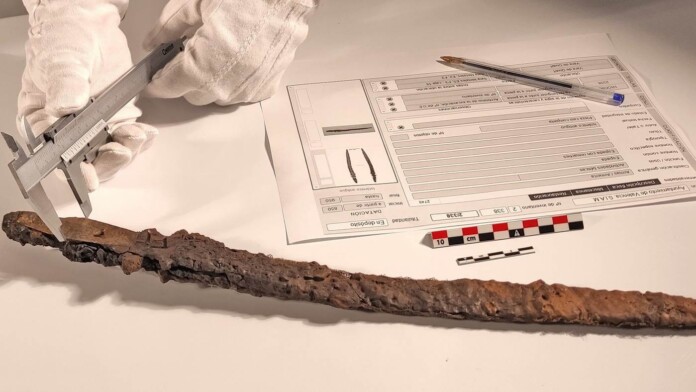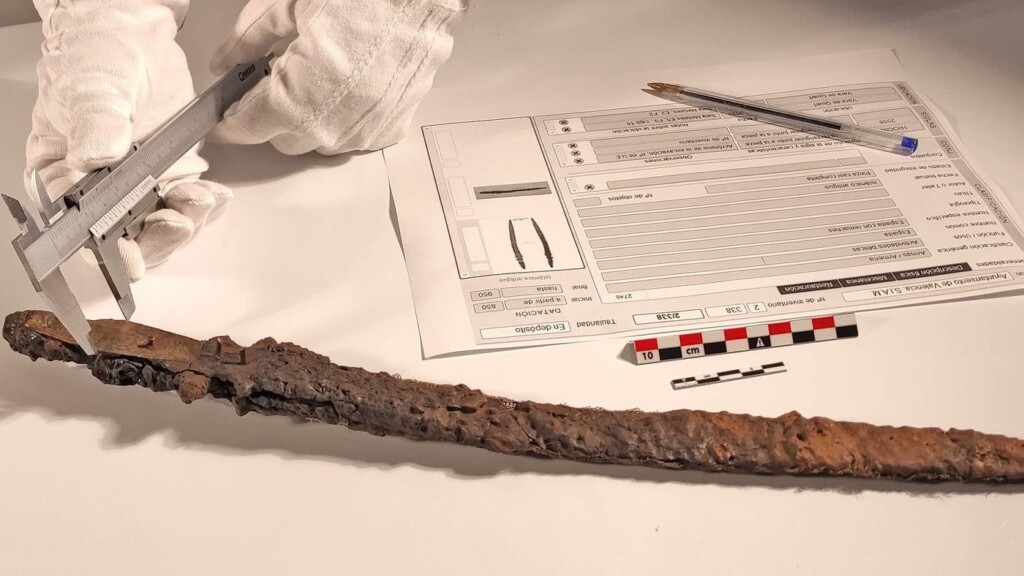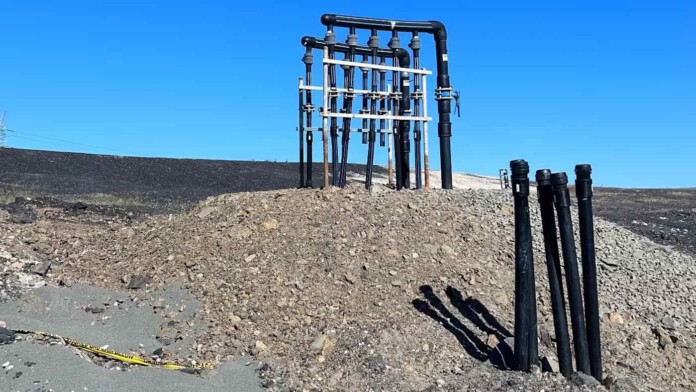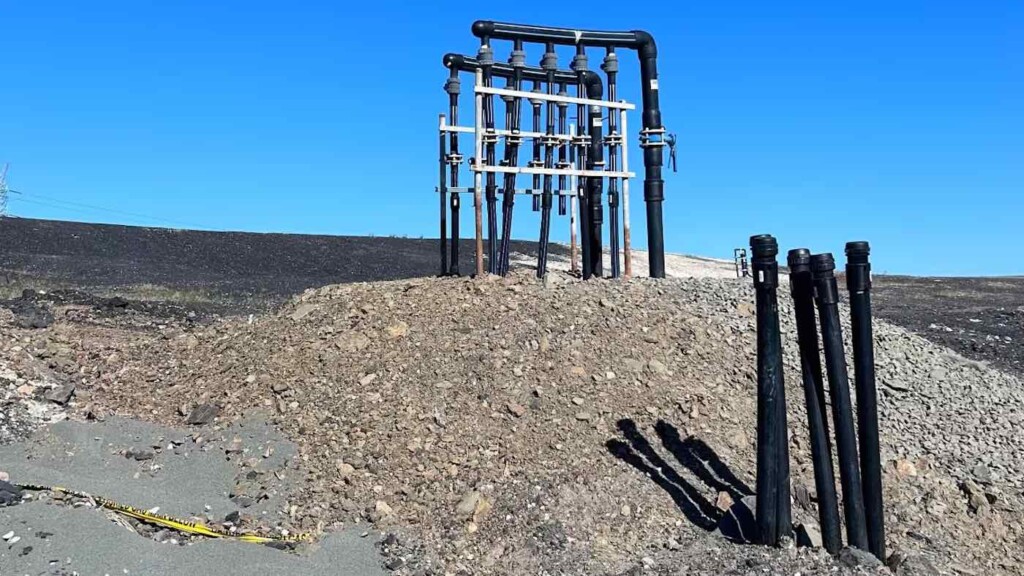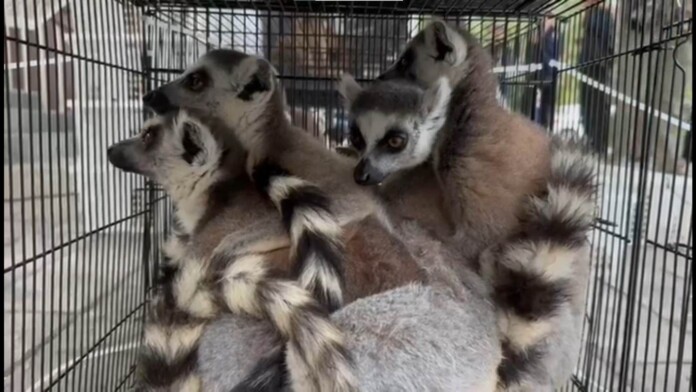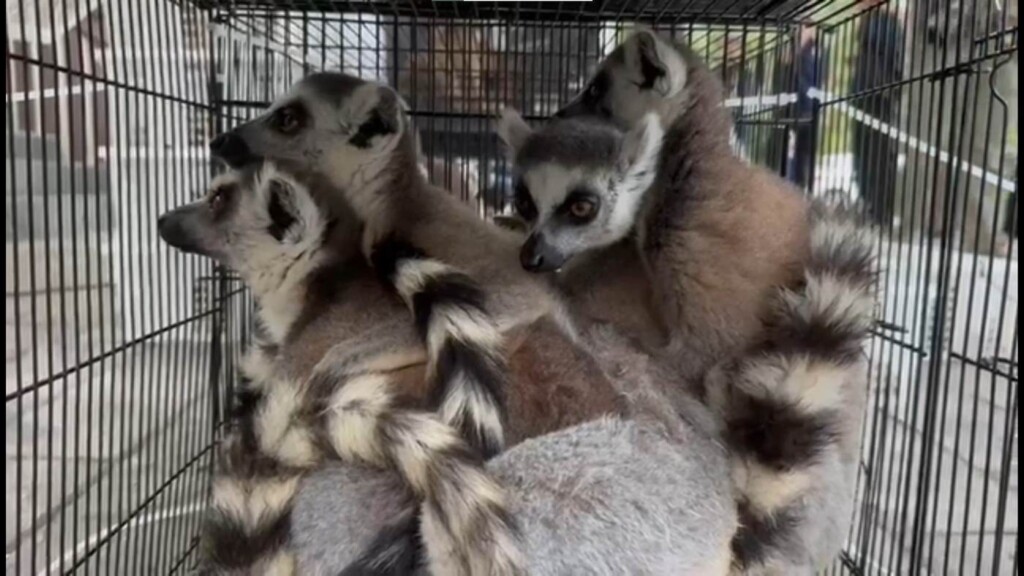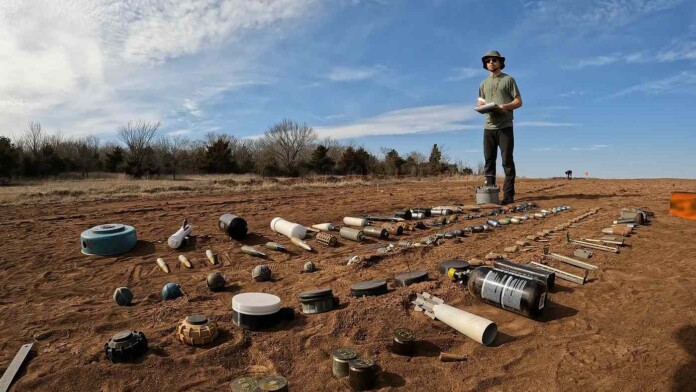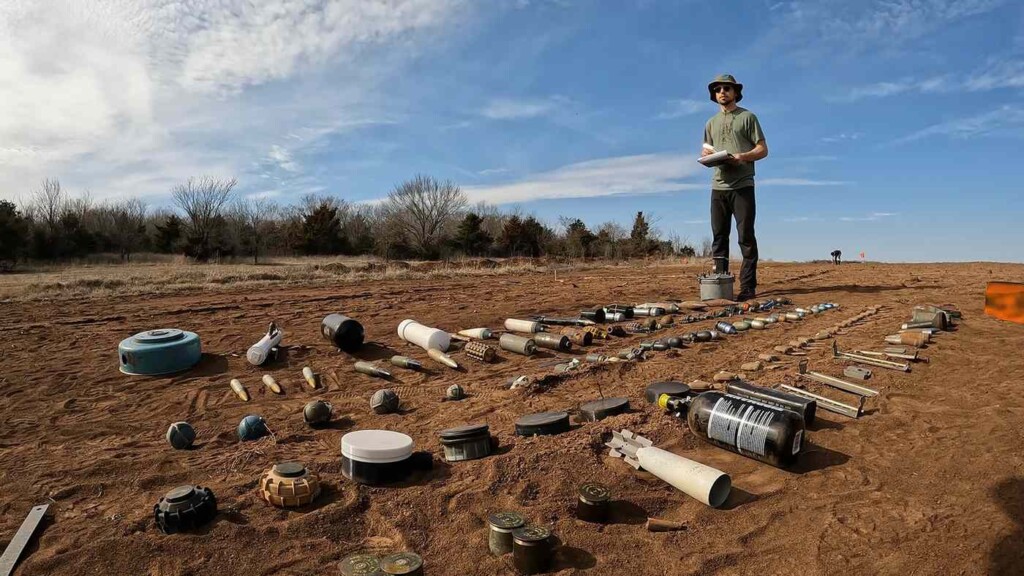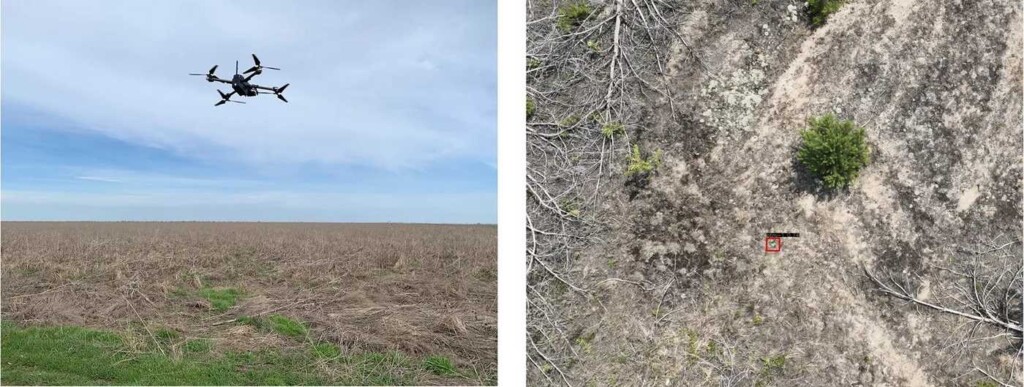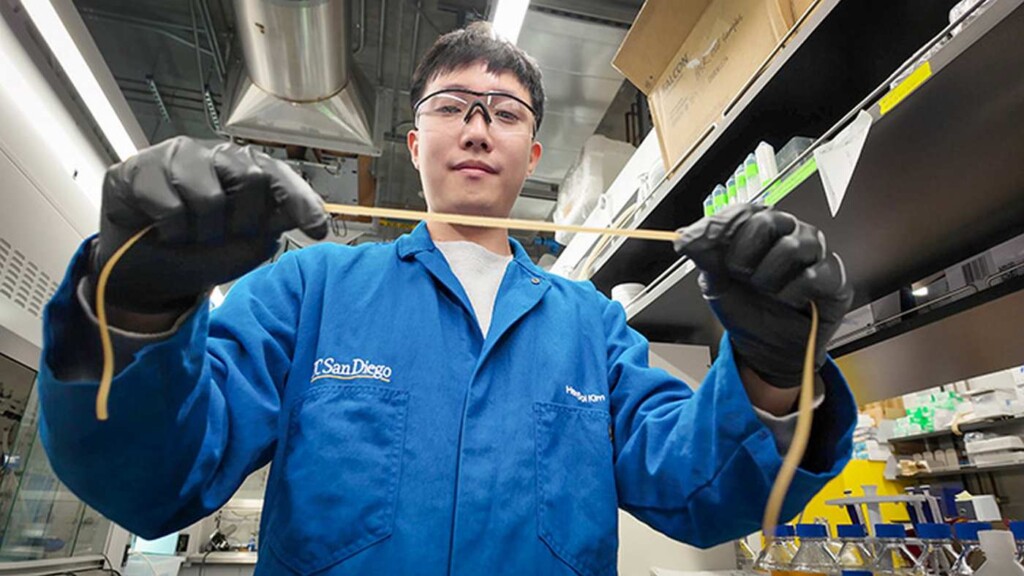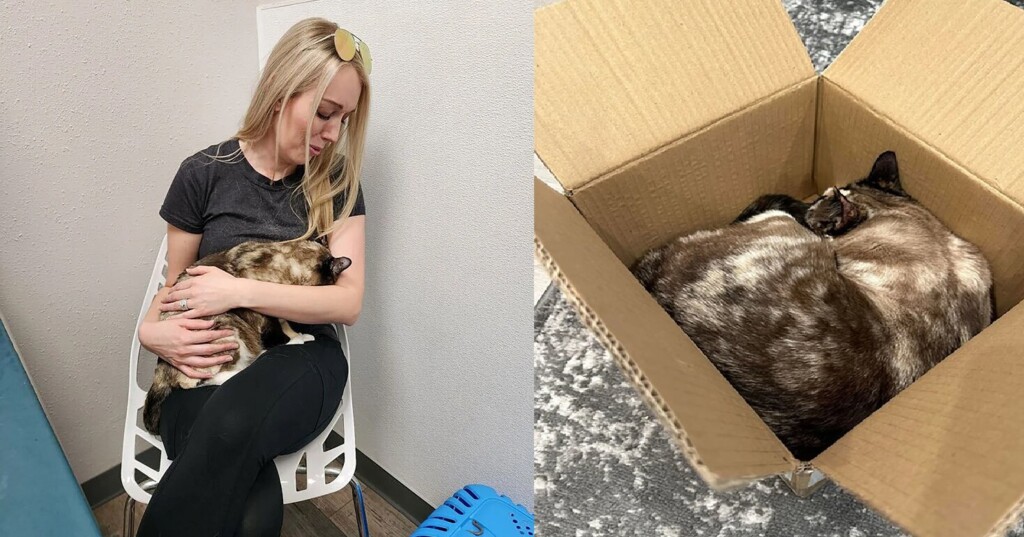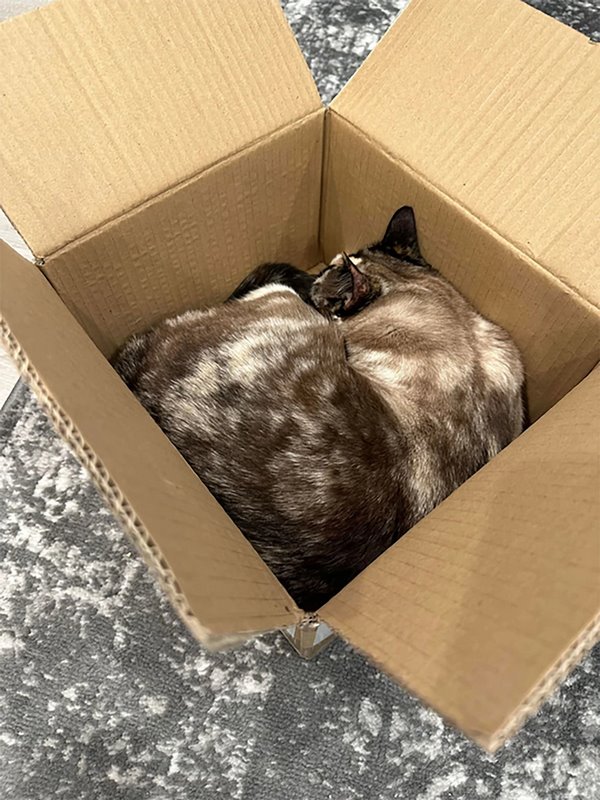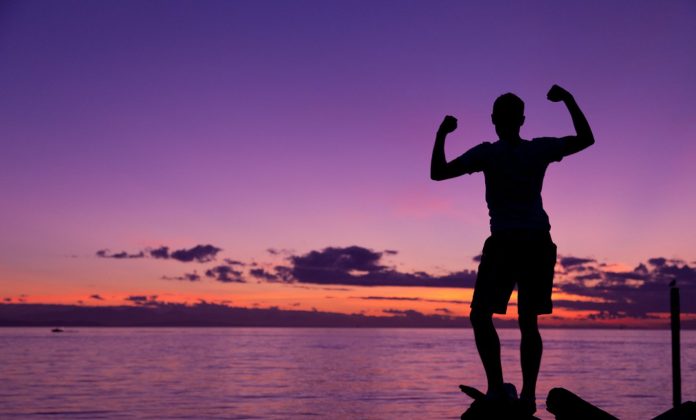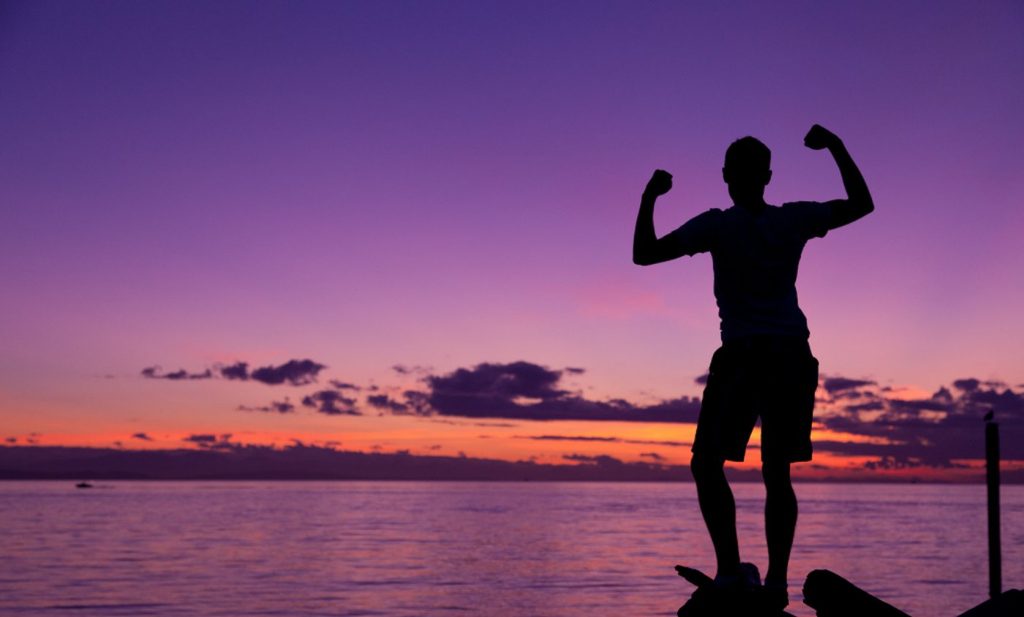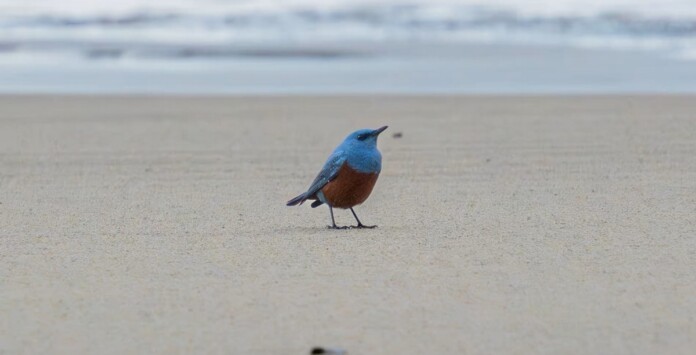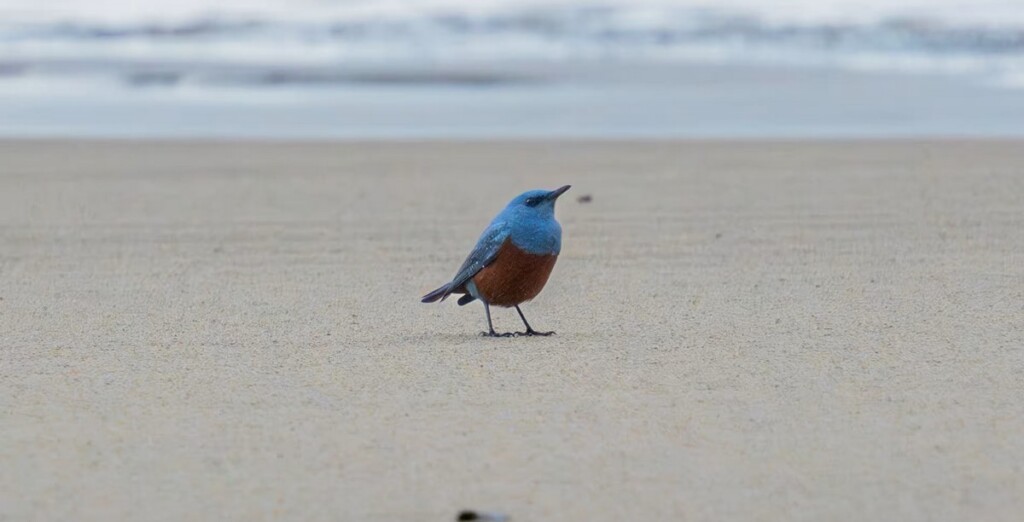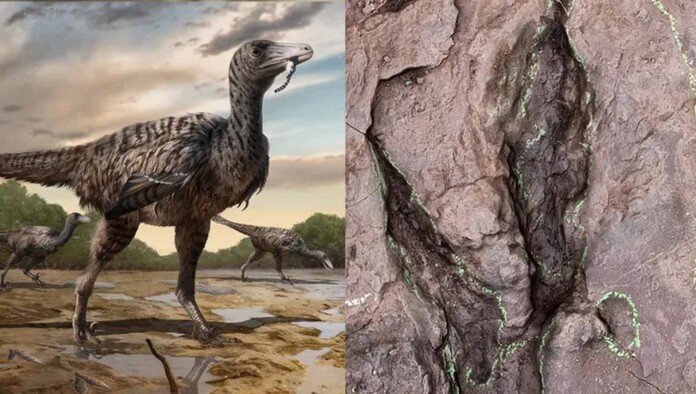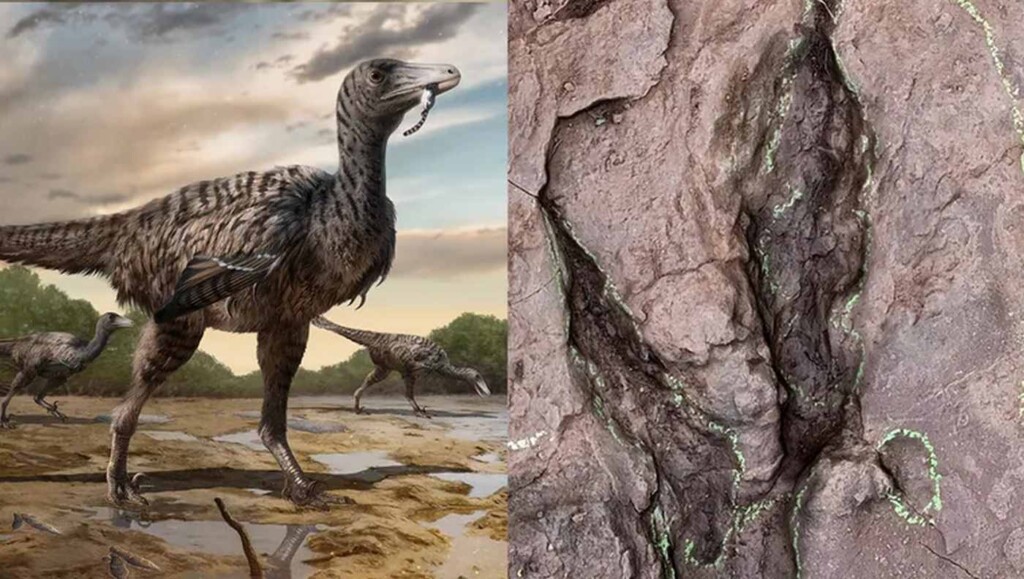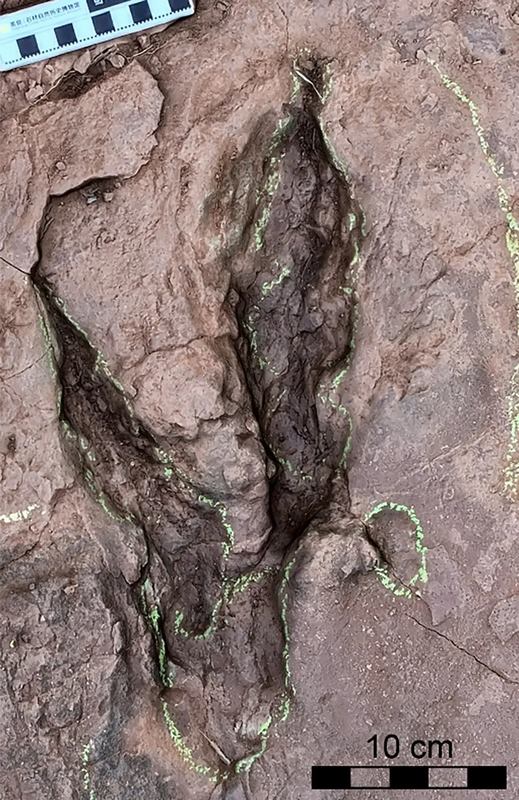
The White House recently announced it has issued a final rule that requires airlines to promptly provide passengers with automatic cash refunds when owed. The new rule makes it easy for passengers to obtain refunds when airlines cancel or significantly change their flights, and following significantly delayed checked bags, or failures to provide extra services when purchased.
“Passengers deserve to get their money back when an airline owes them—without headaches or haggling,” said U.S. Transportation Secretary Pete Buttigieg. “Our new rule sets a new standard to require airlines to promptly provide cash refunds to their passengers.”
The final rule creates certainty for consumers by defining the circumstances in which airlines must provide prompt refunds. Prior to this rule, airlines were permitted to set their own standards for what kind of flight changes warranted a refund, which differed from airline to airline, making it difficult for passengers to know or assert their refund rights.
Under the new rules, which will start going into effect within six months, passengers are entitled to a refund for:
Canceled or significantly changed flights:
Passengers will be entitled to a refund if their flight is canceled or significantly changed, and they do not accept alternative transportation or travel credits offered. For the first time, the rule defines “significant change.” Significant changes to a flight include departure or arrival times that are more than 3 hours domestically and 6 hours internationally; departures or arrivals from a different airport; increases in the number of connections; instances where passengers are downgraded to a lower class of service; or changes that result in less accessible or accommodating situations to a person with a disability.
Significantly delayed baggage return:
Passengers who file a mishandled baggage report will be entitled to a refund of their checked bag fee if it is not delivered within 12 hours of their domestic flight arriving at the gate, or 15-30 hours of their international flight arriving at the gate, depending on the length of the flight.
Extra services not provided:
Passengers will be entitled to a refund for the fee they paid for an extra service — such as Wi-Fi, seat selection, or inflight entertainment — if an airline fails to provide this service.
The DOT’s (U.S. Department of Transportation) final rule also makes it simple and straightforward for passengers to receive the money they are owed. Without this rule, consumers have to navigate a patchwork of cumbersome processes to request and receive a refund — searching through airline websites to figure out how make the request, filling out extra “digital paperwork,” or at times waiting for hours on the phone. In addition, passengers would receive a travel credit or voucher by default from some airlines instead of getting their money back, so they could not use their refund to rebook on another airline when their flight was changed or cancelled without navigating a cumbersome request process.
Refunds are required to be:
Automatic: Airlines must automatically issue refunds without passengers having to explicitly request them or jump through hoops.
Prompt: Airlines and ticket agents must issue refunds within seven business days of refunds becoming due for credit card purchases and 20 calendar days for other payment methods.
In Cash or original form of payment: Airlines and ticket agents must provide refunds in cash or whatever original payment method the individual used to make the purchase, such as credit card or airline miles. Airlines may not substitute vouchers, travel credits, or other forms of compensation unless the passenger affirmatively chooses to accept alternative compensation.
In the full amount: Airlines and ticket agents must provide full refunds of the ticket purchase price, minus the value of any portion of transportation already used. The refunds must include all government-imposed taxes and fees and airline-imposed fees, regardless of whether the taxes or fees are refundable to airlines.
The final rule also requires airlines to provide prompt notifications to consumers affected by a cancelled or significantly changed flight of their right to a refund of the ticket and extra service fees, as well as any related policies.
Happily, during 2023, the flight cancellation rate in the U.S. was a record low at under 1.2% — the lowest rate of flight cancellations in over 10 years despite a record amount of air travel.
However, in the event that an airline causes a significant delay or cancellation, thanks to pressure from the Biden-era DOT, all 10 major U.S. airlines now guarantee free rebooking and meals—and nine guarantee hotel accommodations. These are new commitments the airlines added to their customer service plans that DOT can legally ensure they adhere to. Find the details displayed on a new web domain that links to DOT: flightrights.gov.
Getting rid of hidden fees
A second rule will require airlines and ticket agents to tell consumers upfront what fees they charge for checked bags, a carry-on bag, for changing a reservation, or cancelling a reservation. This ensures that consumers can avoid surprise fees when they purchase tickets from airlines or ticket agents, including both brick-and-mortar travel agencies or online travel agencies.
The rule will help consumers avoid unneeded or unexpected charges that can increase quickly and add significant cost to what may, at first, look like a cheap ticket.
Airlines must inform consumers that seats are guaranteed: To help consumers avoid unneeded ‘seat selection fees’, airlines and ticket agents must tell consumers that seats are guaranteed and that they are not required to pay extra. The new rule also prohibits airlines from advertising a promotional discount off a low base fare that does not include all mandatory carrier-imposed fees. LEARN all the details from DOT, here.
There are different implementation periods in these final rules ranging from six months for airlines to provide automatic refunds when owed to 12 months for airlines to provide transferable travel vouchers or credits when consumers are unable to travel for reasons related to a serious communicable disease.
FLY THIS GREAT NEWS to Frequent Flying Friends on Social Media…





















